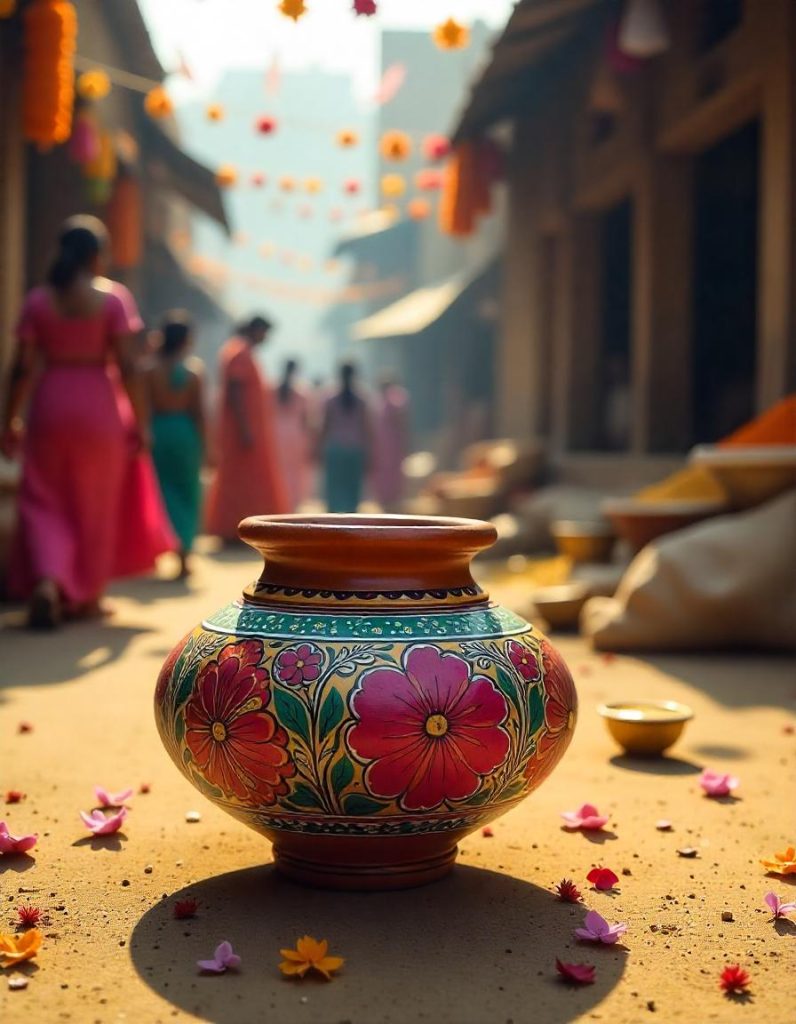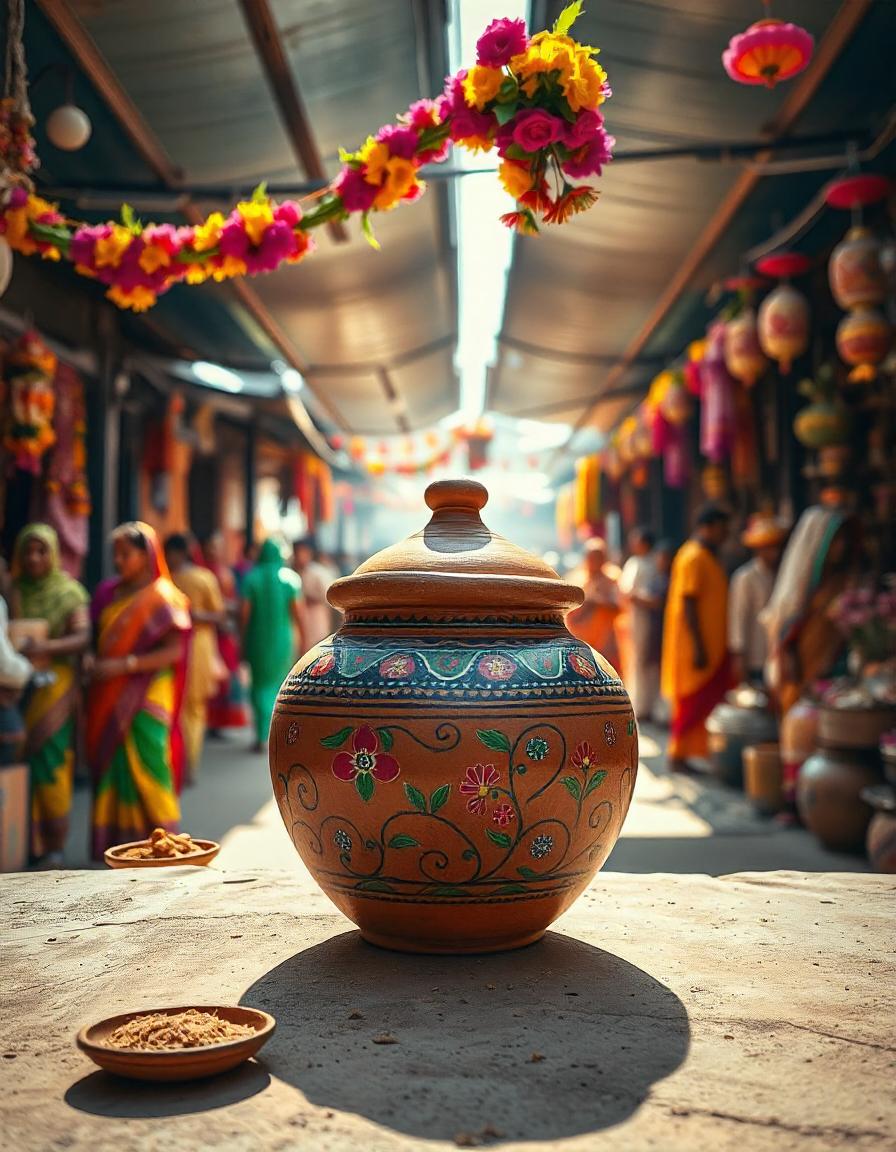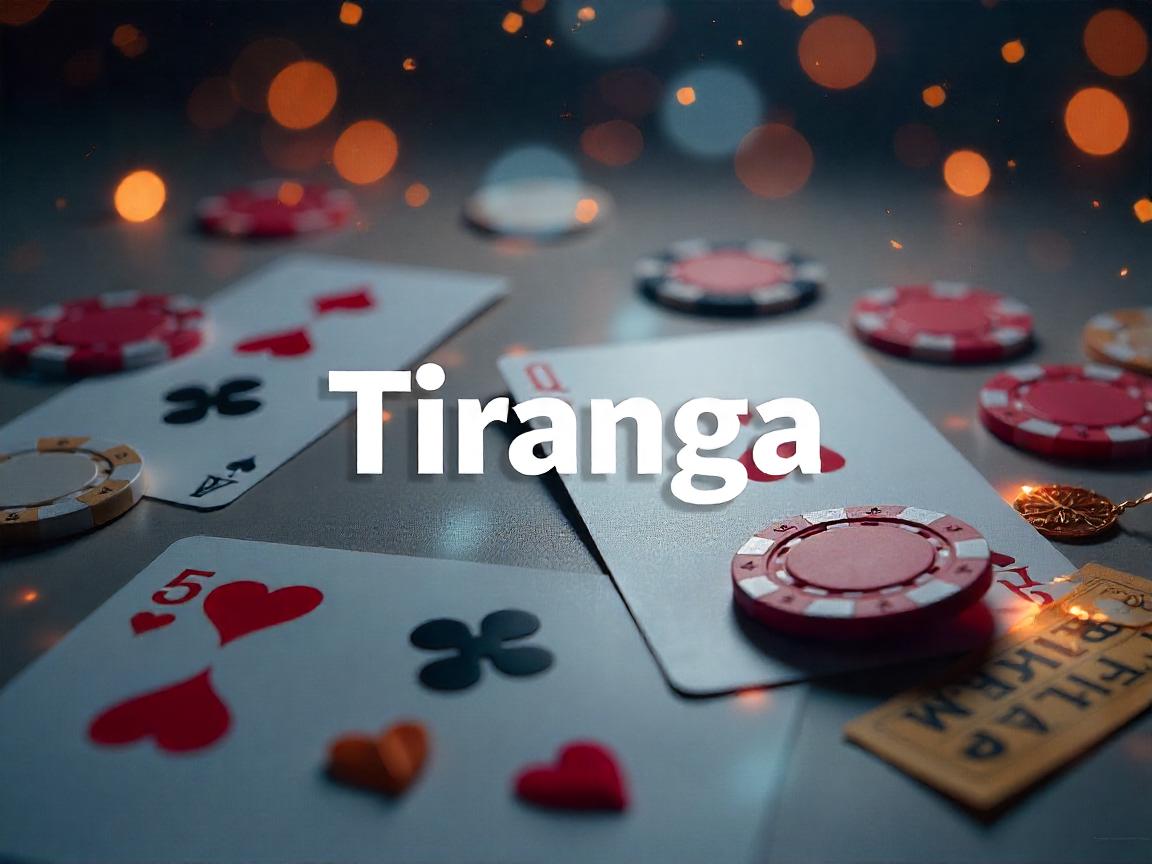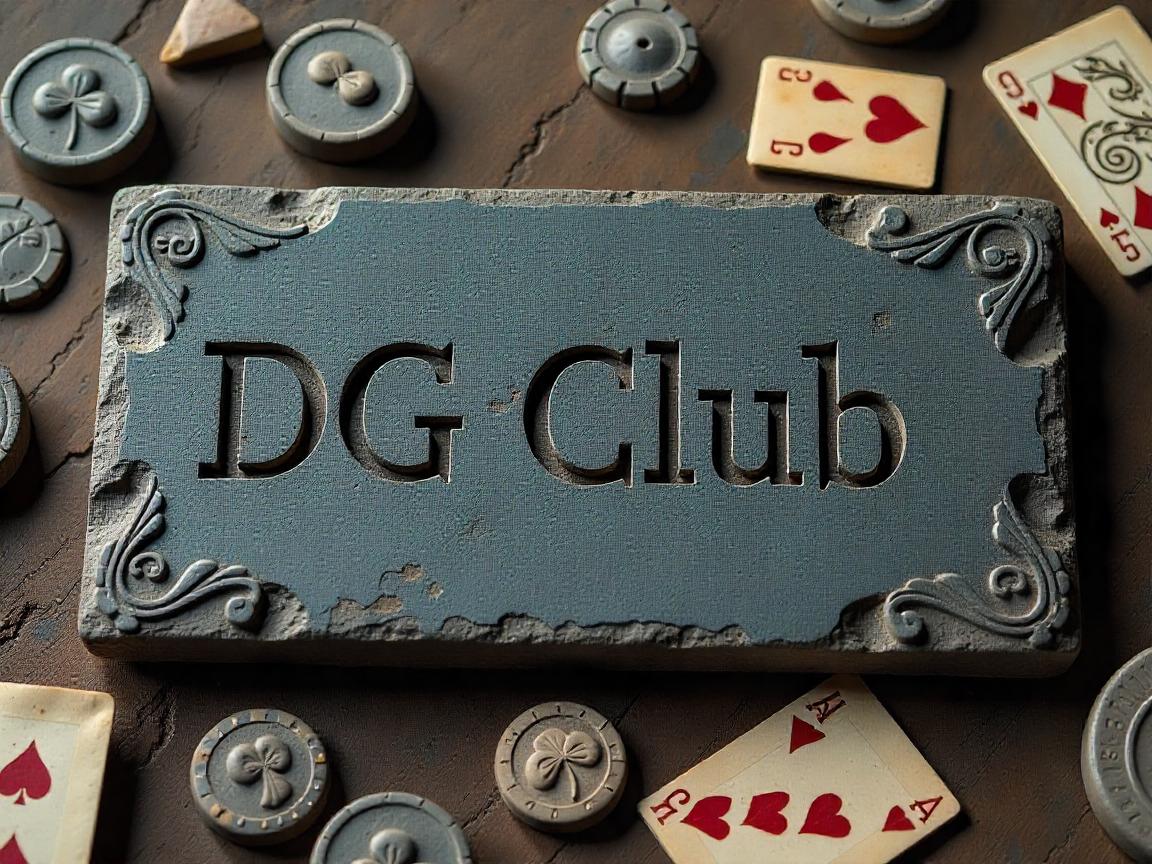If you have travelled across India or have seen its culture, then you may have come across matki. On the surface, it may appear to be a regular clay pot, but this folk art form has much more to offer. It has been an integral part of Indian civilization for centuries, be it households, religious practices or even cooking. Okay, Let’s understand the matki in detail, what is its significance and how does it connect to us.
So to Begin With, What is a Matki?
It can be referred to as small pots that are crafted by hand and are made of clay. They are crafted by hand using natural clay and have a round body with a pointing neck. It has an elegant yet simple look and is extremely functional. Clay, or clay made matki pots, isolate and help maintain the temperature of liquids and water. This is because they are permeable, allowing for evaporation. For many years matkis have been, especially in the hot regions, a popular way of keeping cool.
- It is more than just practical. It’s such a cultural icon, really tied to Indian traditions, rituals, and of course, the food.
- Matki for that matter is of great significance especially during Indian festivals and in Cultural context.
- Matki in India is of great importance as it is mostly seen in many occasions, but how about the pots matkis, what are the important roles it plays inside the culture?
- As a cultural artifact Janmashtami and the Dahi Handi celebration tied to it.
If you happen to be among those who have witnessed the festival of the birth of Dhyan man you may have sensed the excitement which is Dahi Handi every one feels. Known for stealing butter in his childhood, it was the day the one matki with dahi in it was enthroned during the celebration of Lord Krishna’s birthday. To crash such high-flying kodes the people combined together to form human step ladders, tearing down the pot. Isn’t this something thrilling and energising on such a day when everyone is full of excitement ! A brilliant mixture of spirituality with loads of fun and excitement is thus able to be experienced!
Matkis Use In The Occasion of Weddings and Other Rituals
POT matkis or matka are in many cases seen in Hindu rituals. They symbolize fertility, prosperity, and purity. During ceremonies while in some cases they hold either holy water or grains, they add a new and different feel to the celebrations.
Decorative Art
In recent years, matkis have progressed beyond their traditional function, turning into artistic creations. During festivals like Diwali, colorful matkis with beautiful decorations make excellent home accent pieces or even gifts.
Cooking with Matki
Guess what? The term Matki is not just restricted to the pot. Quite a famous lentil used in Indian cuisine is called Moth beans, let us talk of the marriage between the pot and lentil and how they are interspersed together in a variety of ways.
Cooking with it is extremely enjoyable!
Even now, there are areas in the world where meals are prepared in unbaked clay pots over open flames. This manner actually enhances the aroma of the food by providing an extraordinary earthy flavor. The matki, whether used for slow cooking curries or thickening stews, elevates the dish’s flavor.
Matki Usal
It is common to find Matki Usal in Maharashtrian households. It is one of those sprouted moth beans dishes that have a taste that is complex and spicy and is a good meal on its own. Common side dishes of this dish include rice or bread making this meal even more complete.
Misal Pav is a delectable dish that is made from a spicy curry and bread. This dish is quite famous as street food in India, particularly in Maharashtra. Misal Pav can be enjoyed by adding some onions and lemon on the side as an accompaniment.
As for the people of Maharashtra, Misal Pav is another dish that as usal matki as its basic component. It is spicy, it has got tang, and it is garnished with crisps, what’s more it is a favourite dish among many people across the streets.
How To Make Matkis – The Ultimate Guide
It really is the job of skilled artisans. When it comes to working with clay, potters take manual and wheel to make pots and then they sun dry them before firing them in a kiln. This technique is eco friendly and easy and quite fascinating as it’s been passed down through different civilizations and is now present in today’s day and age.
In some regions, matki work has become some form of an art. Artists have started to take simple pots and paint, add mirror work, and tribal designs inspired by Warli or Madhubani styles for decoration.
Why Are Matkis Relevant Today
It is an example of something that is intriguing to witness simply because it continues to exist alongside modern gadgets. Allow me to elaborate.
In Every Aspect, Living a Life That is Eco-friendly
Matsukis have slowly gained popularity because of eco-friends, anyone who is knowledgeable about the around would on this because of the clay and wooden materials that Sukis exhibit that are hand made.
Help for your Health
People consider matki water to be much healthier because they cool the water and remove dirt allowing one to remain in better shape.
In Terms of Connecting With Society
Matki years of tradition will always be respected in whichever manner possible it is; in fact it connects people from one generation to another in history. The metaki has a personality of its own and so pulls you back in time and places thousands of memories from back then where every made and crafted eventually fell into your hands.

Although small in size, the history and significance of it is expansive. For centuries, this pot has been used to cool water and beautify festivals. Regardless, whether you have one in your kitchen for its looks, for smashing them at Dahi handi, this is everywhere in India, truly a super versatile item.
Next time when you come across a matki, it is advised every now and then to appreciate the spirit of the pot and the story it has within it. It is not a mere pot; it is a craft, a little of tradition, and a means of green living.







